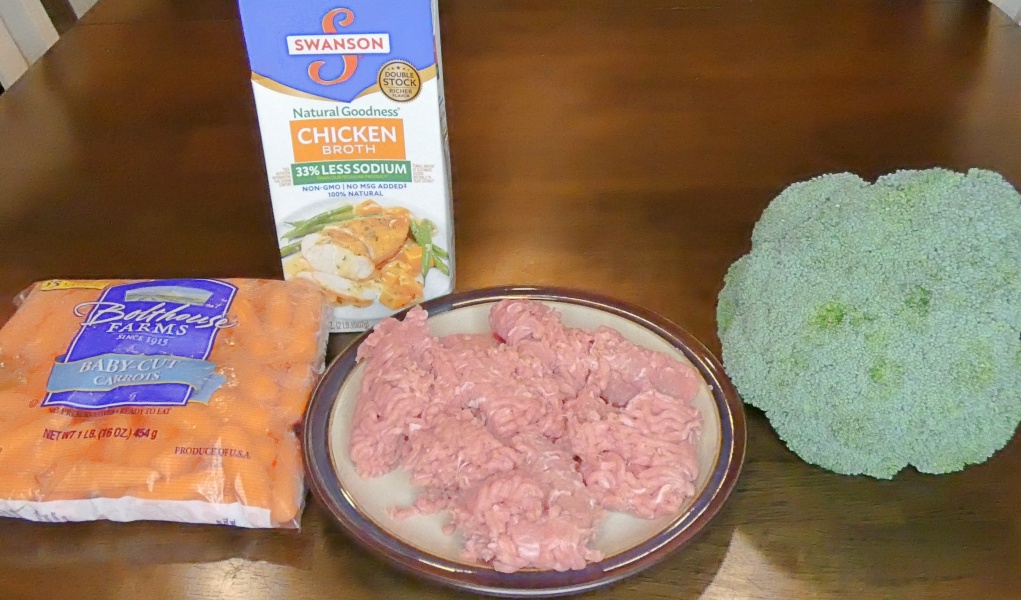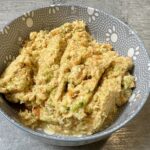Urinary tract infections are a common ailment in cats. Typically, they are nothing to worry about – as long as you treat them in a timely manner. If your cat is prone to urinary tract issues, you may be able to help prevent them with a change in diet. Just be sure to check with your veterinarian before switching to this homemade cat food for UTI.
It's important that you seek veterinary treatment at the first sign of a UTI. When undiagnosed in a timely manner, the infection can spread to the cat's vital organs such as the kidneys and bladder.
If your cat is prone to these infections, you know what to look for. If not, keep your eyes out for signs including:
- urinating more frequently
- urinating frequently in very small amounts
- urinating outside the litterbox
- straining or discomfort while urinating
- blood in the urine
- excessive licking of the genitals
If your cat is showing any of these symptoms, a visit to the veterinarian is necessary. While it is most likely to be a urinary tract infection, it could also be a blockage in the urinary tract.
Your vet will do some quick tests to figure out the exact cause and diagnose the UTI. They will likely prescribe some antibiotics to fight the infection. Providing homemade meals also allows you to load your cat’s diet with fresh ingredients and nutrients that are proven to fight UTIs and combat inflammation.
Homemade Cat Food for UTI Recipe
 Urinary tract infections in cats can occur at any age. However, they are most likely seen in middle-aged cats. They also occur more often in overweight cats, cats that use a litterbox with no outdoor access and cats that eat only dry kibble. Periods of severe stress, cats living in multi-cat households and sudden changes in routine may also increase the risk of your pet developing a urinary tract infection.
Urinary tract infections in cats can occur at any age. However, they are most likely seen in middle-aged cats. They also occur more often in overweight cats, cats that use a litterbox with no outdoor access and cats that eat only dry kibble. Periods of severe stress, cats living in multi-cat households and sudden changes in routine may also increase the risk of your pet developing a urinary tract infection.
While this food may help get your cat's urinary tract back on track, it's not suitable to be fed for more than 2-3 days. If your cat frequently gets UTIs and you would like to switch him permanently to a homemade diet, consult your veterinarian before doing so.
Your vet will be able to evaluate the recipe and compare it with your cat's unique nutritional needs based on his age, weight, activity level, health condition and other factors. They will likely recommend adding supplements or a daily multivitamin to the food in order to provide your cat with balanced nutrition.
PrintRecipe: Homemade Cat Food for UTI
As I mentioned, this homemade cat food for UTI is not going to provide 100% balanced nutrition for every cat. It's important that you don't feed your cat this meal for a long period of time. I would recommend feeding it for 2-3 days at the most.
- Prep Time: 5 minutes
- Cook Time: 20 minutes
- Total Time: 25 minutes
- Yield: About 1 2/3 cups of food 1x
- Category: Cooked Food
- Method: Stovetop
- Cuisine: Cat Food
Ingredients
- 1 cup cooked chicken
- ¼ cup steamed broccoli
- ¼ cup steamed carrots
- about 1/4 cup low-sodium chicken broth
Instructions
You can cook the chicken any way that you want. I prefer to boil it or cook it in my crock pot or pressure cooker, because it's easier to shred when prepared this way.
Steam or boil the broccoli and carrots until tender. Add all of the ingredients to a pressure cooker and puree until the food is the consistency of canned cat food. If needed, add a little more chicken broth until it gets to the desired consistency.
Once the food has cooled completely, you can feed it to your cat.
Nutrition
- Serving Size: 1/3 cup
- Calories: 47
- Sugar: .4 g
- Sodium: 26 mg
- Fat: .9 g
- Carbohydrates: .9 g
- Fiber: .3 g
- Protein: 8.4 g
- Cholesterol: 22 mg
How much to feed: I recommend feeding about 1/3 cup of food per serving. This recommendation is for 2 servings per day, so the average cat would need about 1/3 cup in the morning and 1/3 cup in the evening.
This is just a guideline.
Typically cats do not overeat, but some cats do. Your cat may not overeat dry kibble, but the enticing whole food ingredients of homemade food may cause him to eat more than he should.
How to store: You can store the leftover cat food in an airtight container in the refrigerator for 3-5 days or freeze it in an airtight container for storage of up to 3 months. Keep in mind that this recipe includes no preservatives, so it won't last nearly as long as commercial cat food.













